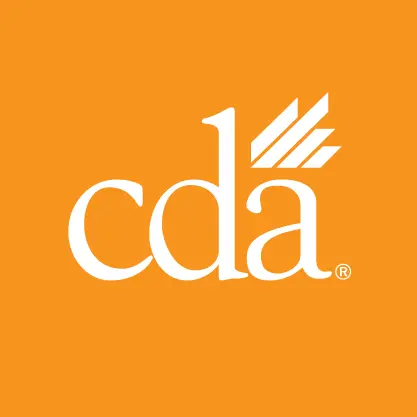In the dental office, employment separation might be considered “successful” if it results in minimum disruption for patients, staff and office operations. Still, depending on what triggers an employee’s departure — termination, resignation, retirement or another reason — separation can be awkward for everyone to navigate. Clear policies and procedures can lessen uncertainty and tension.
The employment relationship is considered “at-will” in California, which means that in the absence of a contract, both the employer and the employee are free to end the relationship at any time with no penalty assessed to either party.
A dentist employer, therefore, retains the right to separate an at-will employee for any lawful, nondiscriminatory reason with or without notice. However, the dentist should ensure that their decision to separate is consistent with employment policies and that the termination does not violate, or appear to violate, state or federal laws, including laws that protect employees with disabilities.
Voluntary separation and job abandonment
Employment separation is one of two basic types: voluntary or involuntary. The employee generally initiates voluntary separation, while involuntary separation is initiated by the employer for reasons related to business necessity, performance, conduct or attendance.
Job abandonment, another form of employee separation, occurs when the employee stops showing up for work and does not make any contact with the employer. But in these cases, employers must consider that certain events, such as medical conditions or natural disasters, or even state or federal protected leave, could prevent the employee from contacting their employer. Employers should document their attempts to contact the employee and follow the practice’s “no call, no show” policy before they consider separating the employee from employment.
When an employee notifies their employer that they intend to end employment for professional or personal reasons, they are initiating a voluntary separation, also known as a resignation. Employment policies commonly request that employees provide a minimum of two weeks’ notice prior to the employee’s last day; however, as already discussed, employment arrangements are at-will in California, which means employees can leave with little to no notice.
Michelle Coker, CDA’s employment practices analyst of 10 years, puts it a different way: “If your policy requires a two-week notice, and one of your employees gives their two weeks’ notice pursuant to your policy but you then ask the employee to leave before the two weeks have elapsed, you should pay the employee for the entire two weeks.”
Involuntary separation related to employee conduct, performance
Involuntary separation, or termination of employment, is initiated by the employer for reasons related to conduct or performance. The category is broad but includes theft, workplace violence, intoxication or drug use at the workplace when required to work, engaging in sexual or racial harassment, excessive absenteeism, insubordination, poor work quality, poor customer service and poor attitude.
If the employee’s behavior is unethical or violates the code of conduct outlined in the employee handbook, the employer can initiate disciplinary actions that may eventually result in the employee’s termination. Examples include timecard fraud, lapse of licensure, dishonesty with patients or failure to provide appropriate patient care.
Performance-based separation: Required notices and documentation
Again, because California is an at-will employment state, the law presumes that an employer may hire or fire an employee for almost any lawful reason or no reason at all, including poor job performance.
But even here, employees may have an excuse for their poor performance. If poor performance is due to a disability, could the employee properly perform the essential job functions with a reasonable accommodation?
Employers should also consider how other employees with similar performance issues were handled and whether a lesser action such as a written performance improvement plan should be used in conjunction with or without a probationary period.
Coker says that termination should not come as a surprise to the employee unless it cannot be avoided.
“From the onset of the employment relationship, employers should document expectations and ongoing training and discussions with the employee — noting when the employee hasn’t met performance standards,” Coker says. “This way, when the decision is made to terminate, the separation can be based on a documented foundation.”
For example, any written performance evaluations or disciplinary notices should be in the employee’s personnel file. If formal documentation does not exist, the employer might consider postponing the termination until supporting documentation is available because the documentation may serve as valuable evidence later to refute claims of wrongful termination.
Termination checklist can help employer dentists avoid legal issues
Whatever the reason an employee leaves the practice, the separation process should be executed consistently, and the employee should be treated with respect. When a team member leaves, the remaining employees commonly have questions about the stability of the practice and the security of their positions. Some will miss colleagues who have become friends.
“Consider holding a brief meeting to announce the departure of the employee,” Coker advises. “Avoid unnecessary details or personal information and inform the employees of your transition plan for team roles and processes.”
Separating an employee can raise legal issues if not handled properly. In all cases, for example, the employer must comply with specific final pay and notice requirements. CDA’s step-by-step Termination Checklist can help member dentists comply with California law when initiating and completing an employee separation. For additional security, employers may want to check with their legal counsel before taking action to terminate an employee to ensure they haven’t missed any risk considerations.


